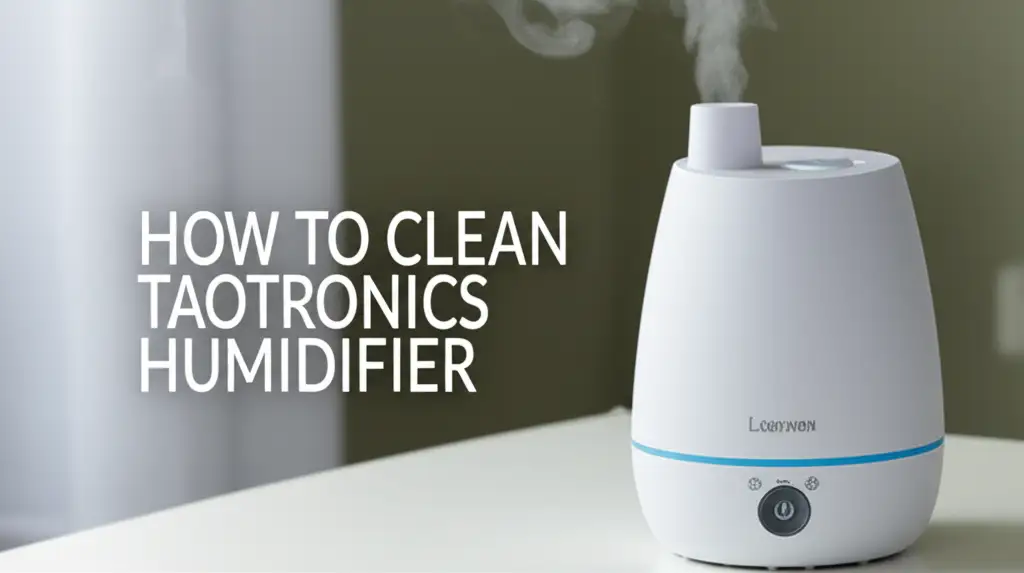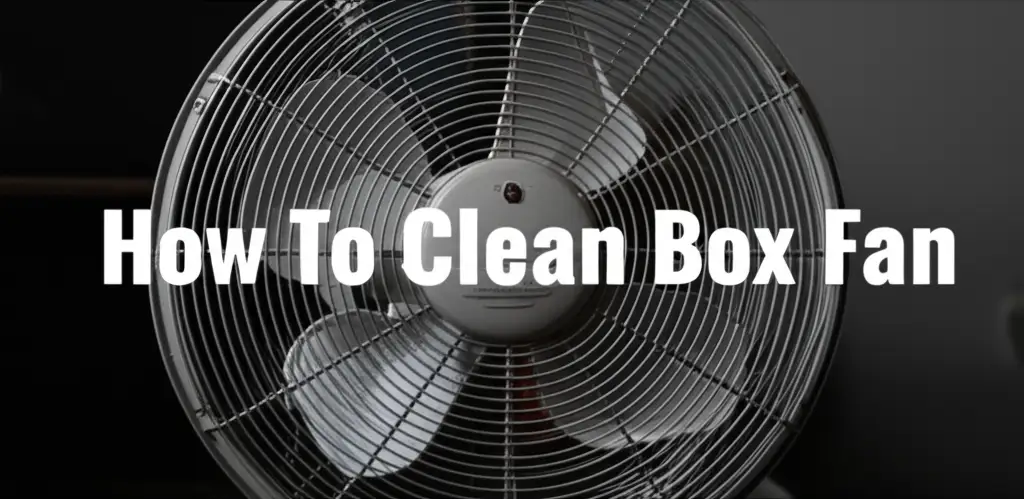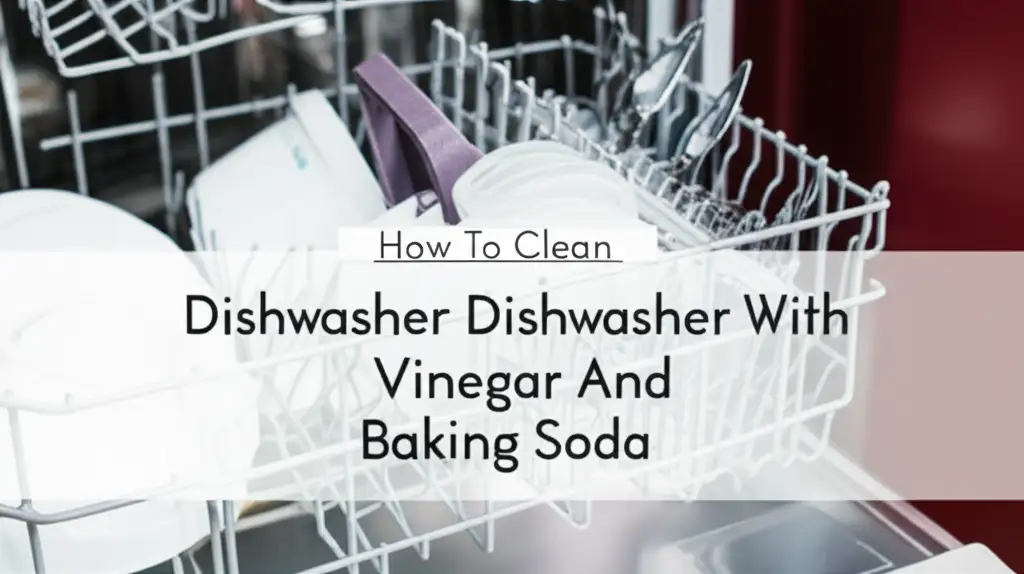· Home Appliance Care · 14 min read
How To Clean Lg Top Load Washer

Restore Your LG Top Load Washer’s Freshness
Do you have an LG top load washer? Are you noticing a funky smell in your laundry or from the machine itself? You are not alone! Washing machines, especially top loaders, can develop odors and accumulate grime over time. This happens because moisture, detergent residue, and dirt from clothes get trapped inside. Regular cleaning keeps your machine running well and your clothes truly clean.
In this article, I will show you how to clean your LG top load washer. We will cover why cleaning is important and what supplies you need. Then, I will provide a step-by-step guide for a deep clean. We will also discuss how to handle common issues like mold and mildew. Finally, I will share tips for routine maintenance to keep your washer fresh for a long time. Let’s get your washer sparkling again!
Takeaway:
- Regularly clean your LG top load washer to prevent odors and ensure efficient operation.
- Use readily available household items like vinegar, baking soda, or commercial washer cleaners.
- Focus on cleaning the drum, dispenser, agitator, and exterior surfaces.
- Run a “Tub Clean” cycle regularly and wipe down surfaces after each use.
To clean your LG top load washer, you should run a “Tub Clean” cycle with vinegar or a specialized cleaner, then manually scrub the detergent dispenser, fabric softener compartment, agitator, and exterior surfaces, including the lid and controls, to remove residue and prevent odors.
Why Cleaning Your LG Top Load Washer Is Essential
Your LG top load washer works hard to keep your clothes clean. However, over time, it can accumulate soap scum, mineral deposits, and mold. These build-ups can cause unpleasant odors. They can also transfer to your clean laundry, making your clothes smell less than fresh. Cleaning your washer regularly prevents these issues.
A clean washer also runs more efficiently. Residue can clog dispenser trays or even impact the sensor’s ability to determine load size. This makes your machine work harder. Removing these deposits helps your washer operate at its best. It extends the life of your appliance. A well-maintained washer uses less energy and delivers better cleaning results. This saves you money in the long run.
Think of it like this: your washer cleans dirt from your clothes, but where does that dirt go? Some of it sticks to the machine itself. Lint, hair, detergent, and fabric softener residues combine with water. This creates a prime environment for bacteria and mold growth. Without regular cleaning, these can thrive. This leads to those musty smells you want to avoid. Proper cleaning is a simple act that makes a big difference. It ensures your machine stays hygienic and effective.
Gathering Your Cleaning Arsenal: What You Need
Before you start cleaning your LG top load washer, gather all your supplies. Having everything ready makes the process smooth and efficient. You likely have most of these items at home already. This is great news for your budget. You won’t need many specialized tools.
First, you will need white distilled vinegar. This is an excellent natural cleaner. It helps break down mineral deposits and soap scum. Vinegar also neutralizes odors. Baking soda is another powerful natural cleaner. It acts as an abrasive and helps absorb smells. You can use these two together for a strong cleaning solution. For more on this powerful duo, see our guide on how to clean with vinegar and baking soda.
You will also need a few cleaning tools. Grab some clean microfiber cloths. These are gentle on surfaces and absorb well. An old toothbrush or a small scrubbing brush is useful for tight spots. A spray bottle can help you apply cleaning solutions evenly. Finally, you might want rubber gloves to protect your hands. If you prefer, a commercial washing machine cleaner is also an option. Many brands offer products specifically designed for this task. Always read the cleaner’s instructions carefully. These supplies will help you tackle every part of your washer.
Step-by-Step Deep Clean: Drum and Tub
Cleaning the washer drum and tub is the most important step. This is where most of the grime and odor-causing bacteria hide. LG top load washers often have a “Tub Clean” cycle. This cycle is designed specifically for deep cleaning the drum. It uses hot water and aggressive agitation to wash away residue. If your machine has this feature, use it regularly.
First, make sure your washer is completely empty. Do not add any clothes or detergent. Select the “Tub Clean” cycle on your LG washer. If you do not have a specific “Tub Clean” cycle, choose the hottest water setting and the largest load size. Add two cups of white distilled vinegar directly into the washer drum. You can also add half a cup of baking soda for extra cleaning power. Baking soda helps neutralize odors and acts as a mild abrasive. Close the lid and start the cycle. Let the machine run through the entire wash and rinse cycle. This process removes built-up detergent, fabric softener, and hard water minerals.
After the cycle finishes, open the lid and inspect the drum. You might see some residue left. Take a clean microfiber cloth dipped in vinegar. Wipe down the entire interior of the drum. Pay attention to the top rim and any crevices. You might need to scrub gently to remove stubborn spots. This manual wipe-down ensures all surfaces are clean. Finish by running a quick rinse cycle with just water. This washes away any remaining vinegar smell or loose debris. Your washer drum will now be much cleaner and smell much fresher.
Thoroughly Cleaning the Dispenser Trays and Agitator
The dispenser trays and agitator are often overlooked areas. However, they can accumulate a lot of residue. Detergent and fabric softener can dry and become sticky in these compartments. This creates a perfect breeding ground for mold and mildew. A thorough cleaning of these parts is crucial for a truly clean washer.
Cleaning Dispenser Trays
Many LG top load washers have removable dispenser trays. These trays are usually for liquid detergent, powder detergent, and fabric softener. Gently pull out the dispenser tray assembly. Take it to your sink. You will likely see caked-on residue. Use warm water and a small brush, like an old toothbrush, to scrub away the buildup. A bit of dish soap can help break down greasy residue. Rinse the tray thoroughly under running water. Ensure all soap scum is gone. Let it air dry completely before putting it back into the washer. If the trays are not removable, use a spray bottle with a 50/50 mix of water and vinegar. Spray into the compartments. Use your toothbrush to scrub all surfaces. Wipe clean with a damp cloth.
Cleaning the Agitator (If Applicable)
Most LG top load washers have a central agitator. This part moves clothes around during the wash cycle. Over time, hair, lint, and gunk can get trapped around its base or under its cap. To clean the agitator, first check if it has a removable cap. Some models have a cap you can twist or pop off. If you can remove it, clean underneath it thoroughly. Use a damp cloth to wipe down the entire surface of the agitator. Pay special attention to the base where it meets the drum. Use a small brush to get into any grooves or crevices. This prevents residue from getting back into your laundry. If your washer uses an impeller plate instead of a central agitator, simply wipe down the impeller and the bottom of the drum where it sits.
Battling Mold and Mildew: Prevention and Removal
Mold and mildew are common culprits behind unpleasant washing machine odors. These fungi thrive in damp, dark environments. Your LG top load washer provides such an environment if not properly aired out. Preventing mold is easier than removing it. However, if you already see signs of mold, there are effective ways to eliminate it.
To prevent mold, always leave your washer lid open after each load. This allows the interior to air dry completely. Moisture is mold’s best friend. Wiping down the drum and rubber seal around the lid after use also helps. Promptly remove laundry once the cycle finishes. Damp clothes sitting in the washer also contribute to mold growth. Avoid using too much detergent. Excess detergent can leave residue that feeds mold. Using high-efficiency (HE) detergent is also important for HE washers, as it produces fewer suds and rinses away cleaner.
If you spot mold, especially around the top rim, under the lid, or in the dispenser areas, act quickly. For minor mold, a strong solution of equal parts white vinegar and water can work wonders. Spray the affected areas generously. Let it sit for 10-15 minutes. Then, scrub with a brush or a microfiber cloth. For stubborn mold spots, you might need a stronger solution. A diluted bleach solution (1/4 cup bleach to 1 gallon of water) can be effective. Apply it carefully, let it sit briefly, then scrub and rinse thoroughly. Always wear gloves and ensure good ventilation when using bleach. Remember, a clean washer means fresh laundry. For more detailed instructions on dealing with this persistent problem, refer to our article on how to clean mold from washing machine.
Exterior Cleaning and Finishing Touches
Once the inside of your LG top load washer is spotless, it is time to address the exterior. A clean exterior contributes to the overall freshness of your laundry area. It also protects the machine’s components. Over time, dust, spilled detergent, and grime can accumulate on the outside surfaces. This includes the top, sides, front panel, and control display. Giving these areas a quick wipe-down makes a big difference.
Start by unplugging the washer from the wall outlet for safety. This is an important step before cleaning any electrical appliance. Use a soft, damp microfiber cloth. You can lightly dampen it with warm water. For stubborn spots or greasy marks, add a small amount of mild dish soap to the water. Wipe down the entire exterior casing. Pay attention to the control panel. Use a gentle touch around the buttons and display. Avoid spraying water directly onto the control panel. This can damage the electronics. Instead, spray your cloth and then wipe the panel.
Do not forget the lid. The underside of the lid can collect dust and detergent splatter. Wipe it down thoroughly. Also, clean the area around the lid hinges. These spots can hide dirt and grime. For stainless steel finishes, use a specialized stainless steel cleaner to avoid streaks. Finish by buffing all surfaces with a dry microfiber cloth. This removes any streaks and leaves a sparkling finish. Plug the washer back in. Your LG top load washer now looks as clean as it operates, inside and out.
Routine Maintenance for a Long-Lasting Freshness
Deep cleaning your LG top load washer is important, but routine maintenance is key to keeping it fresh between deep cleans. Simple habits can prevent odors and buildup from returning. Incorporating these steps into your laundry routine will save you time and effort in the long run. It will also ensure your washer always smells good.
First, always leave the washer lid open for at least a few hours after each use. This allows air to circulate inside the drum. It helps evaporate any remaining moisture. This simple act is very effective at preventing mold and mildew growth. You might be surprised how much moisture stays trapped in a closed washer. Second, promptly remove clothes from the washer once the cycle finishes. Leaving damp clothes inside for extended periods encourages mildew growth. The musty smell will transfer to your clothes and the machine.
Third, use the correct amount of detergent. Using too much detergent creates excessive suds. These suds can leave behind residue. This residue feeds mold and bacteria. Read your detergent’s instructions carefully. Also, make sure you are using high-efficiency (HE) detergent if your LG washer is an HE model. These detergents are formulated to work with less water and produce fewer suds. Fourth, regularly wipe down the dispenser trays and the top rim of the washer. A quick wipe with a damp cloth every few uses prevents visible buildup. Following these simple steps will help maintain a fresh and efficient LG top load washer.
Troubleshooting Common LG Washer Odors
Even with regular cleaning, you might occasionally encounter stubborn odors in your LG top load washer. Identifying the source of the smell is the first step to eliminating it. Many common odors have specific causes and solutions. Do not despair if a smell pops up. You can usually fix it with a few targeted actions.
One common odor is a musty or mildew smell. This usually means mold or bacteria are growing inside the washer. It often happens in damp, dark conditions. To fix this, perform a “Tub Clean” cycle with hot water and white vinegar or a commercial washer cleaner. After the cycle, wipe down all interior surfaces. Pay close attention to the rubber gaskets or seals around the lid. Always leave the lid open after use to air dry the drum. Another possible smell is a chemical or metallic odor. This can indicate a residue from a particular type of detergent or fabric softener. Try switching detergents or reducing the amount you use. Running a “Tub Clean” cycle can also help flush out these residues.
Sometimes, a sewage or rotten egg smell might appear. This can be more serious. It might indicate a problem with your drain hose or plumbing. Check if the drain hose is correctly installed. It should have an air gap or standpipe to prevent backflow. If the smell persists, you might need to consult a plumber. They can check for drain line clogs or other plumbing issues. By understanding the source of the odor, you can effectively troubleshoot and eliminate it. This keeps your LG top load washer smelling fresh and ready for your next load.
FAQ Section
How often should I clean my LG top load washer?
You should deep clean your LG top load washer at least once a month. For optimal freshness, run the “Tub Clean” cycle monthly. Additionally, wipe down the dispenser and drum rim after every few uses. Regular small efforts prevent major buildup and odors.
Can I use bleach to clean my LG top load washer?
Yes, you can use bleach to clean your LG top load washer, but use it carefully. Add 1/2 cup of liquid chlorine bleach directly to the bleach dispenser or drum for a “Tub Clean” cycle. Do not mix bleach with vinegar, as this creates harmful fumes. Bleach helps sanitize and remove mold.
What is the best way to prevent mold in my LG top load washer?
The best way to prevent mold is to leave the washer lid open after every load. This allows the drum to air dry completely. Also, remove clean laundry promptly, wipe down the drum and dispenser areas regularly, and use high-efficiency detergent in the correct amounts.
My LG washer still smells after cleaning. What else can I do?
If your LG washer still smells, check for hidden mold under the agitator or in non-removable dispenser areas. You might need to repeat the deep clean cycle. Also, verify your drain hose for proper installation; a clogged or improperly vented drain can cause persistent odors.
Do LG top load washers have a filter to clean?
Unlike some front-load models, most LG top load washers do not have a user-accessible lint trap or filter that requires regular cleaning. Any filtration happens within the pump system. If you suspect an issue, consult your owner’s manual or an appliance technician.
Conclusion
Cleaning your LG top load washer is a simple yet vital task. It ensures your machine runs efficiently. It keeps your laundry smelling fresh and clean. We have covered why cleaning matters, what tools you need, and a thorough step-by-step process. You now know how to tackle specific areas like dispensers and agitators. You also have strategies for battling stubborn mold and mildew.
Remember that routine maintenance is your best friend. Simple habits like leaving the lid open and using the correct detergent make a huge difference. By following these steps, your LG top load washer will continue to be a reliable and fresh-smelling appliance. Take action today and give your washer the care it deserves. Your clothes will thank you! Start your washer cleaning journey now for fresher clothes tomorrow.
- LG washer cleaning
- top load washer maintenance
- appliance cleaning
- washer odor removal
- laundry machine care




